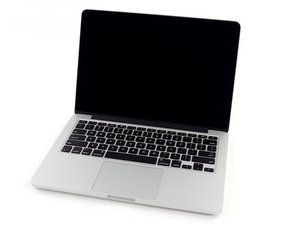Can I suggest an alternative solution? I use this when I have compatibility issues with migration assistant:
Connect the HDD containing your old system.
Then start your computer and immediately press the letter R and keep pressing until your laptop starts in "restore mode."
Choose "disk utility;" you will see your new system on top "Macintosh HD" as a grey HDD, and your new partition underneath.
Then below it your old "Macintosh HD" as an orange USB HDD, and also your old partition beneath it.
Choose your OLD partition (bottom orange), and click on "repair permissions" then "repair disk."
If all OK, choose again your OLD partition, and click "restore;"
Drag your OLD partition to the line "source;"
Drag your NEW (top) partition to the line "target;"
Once done, run "repair permissions" and "repair disk" again, this time on the NEW top partition (it now contains your data exactly like your old data).
Restart your system, and run all your applicable updates from the Apps Store.



 35
35  329
329  970
970 
1 Comment
Did you format the drive GUID, Mac OS Extended before you installed Yosemite?
by mayer